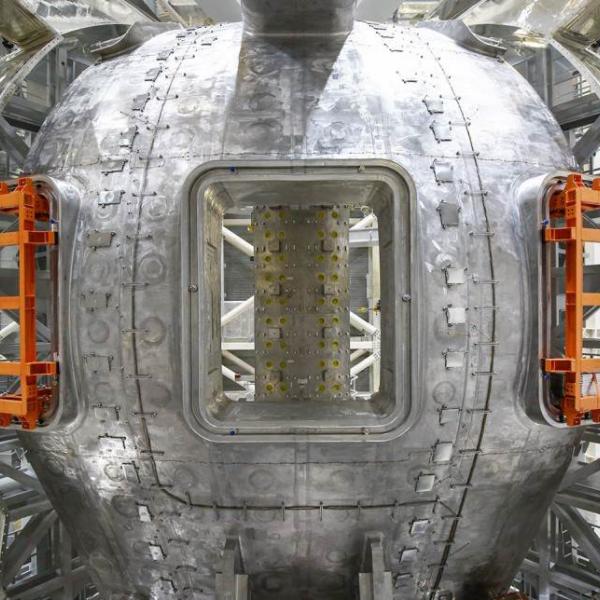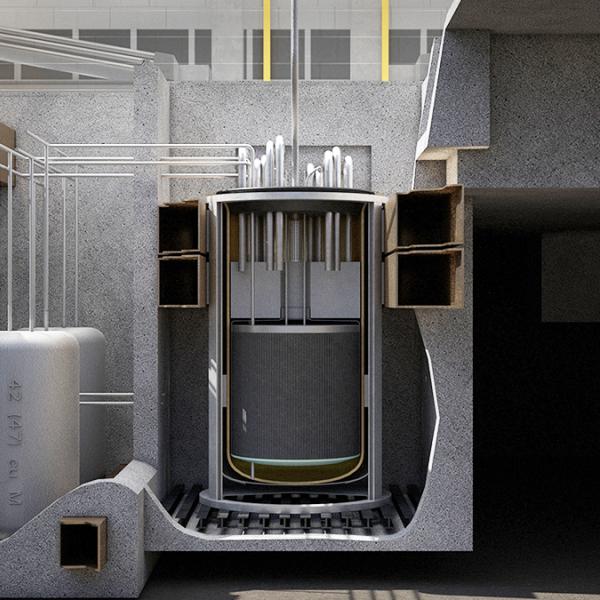
Australian scientists from ANTSO have congratulated their British colleagues for a major advance in their quest to develop practical nuclear fusion.
The milestone achievement at the Joint European Torus (JET) laboratory in England demonstrated the ability to create nuclear fusion for five seconds under conditions similar to those planned for commercial fusion reactors – a major accomplishment decades in the making.
“Nuclear fusion has had a long journey so the significance of this moment is the results of years and years of hard work. It’s proof nuclear fusion can work for a period of time using a design that can be used to produce energy in a clean way,” said ANSTO’s Group Executive Nuclear Science and Technology Dr Peele.
A larger and more advanced version of JET, called ITER, is currently being built in France with Australian nuclear scientists contributing to the international collaboration.
The JET results have validated the design choices of the multi-billion dollar megaproject, which is the largest engineering project in the world.
“This development is a really important step in connection with what is happening in the south of France,” Dr Peele said.
“Essentially nuclear fusion is like trying to create reactions that occur on stars here on Earth – but the temperatures must be even higher to make it work.
“The evidence out of the JET in the UK provides further proof it can be done. What lasted for five seconds can now be built upon to create safe, sustainable and clean energy,” Dr Peele added.
“Of course, people will be asking ‘is it safe to produce this much energy on Earth?’ Well that’s what is so incredible. A fusion reactor stores only small amounts of fuel and the reaction can be shut down instantly. The result is actually much safer than coal-fired power.”
Australia’s involvement the project was formalised late in 2016 with ANSTO signing a cooperation agreement on behalf of the country. Contributions include work by scientists at the Australian National University and ANSTO improving ways to image and understand the fuel burning in the fusion reaction.
“Fusion has had a long journey and has a long way to go. These results and the efforts into fusion and all forms of sustainable energy demonstrate the importance of supporting research skills in nuclear science and technology,” says Dr Peele. “Australia has real strengths in this area underpinned by the skills and capability at ANSTO.”
Image above credit Eurofusion


